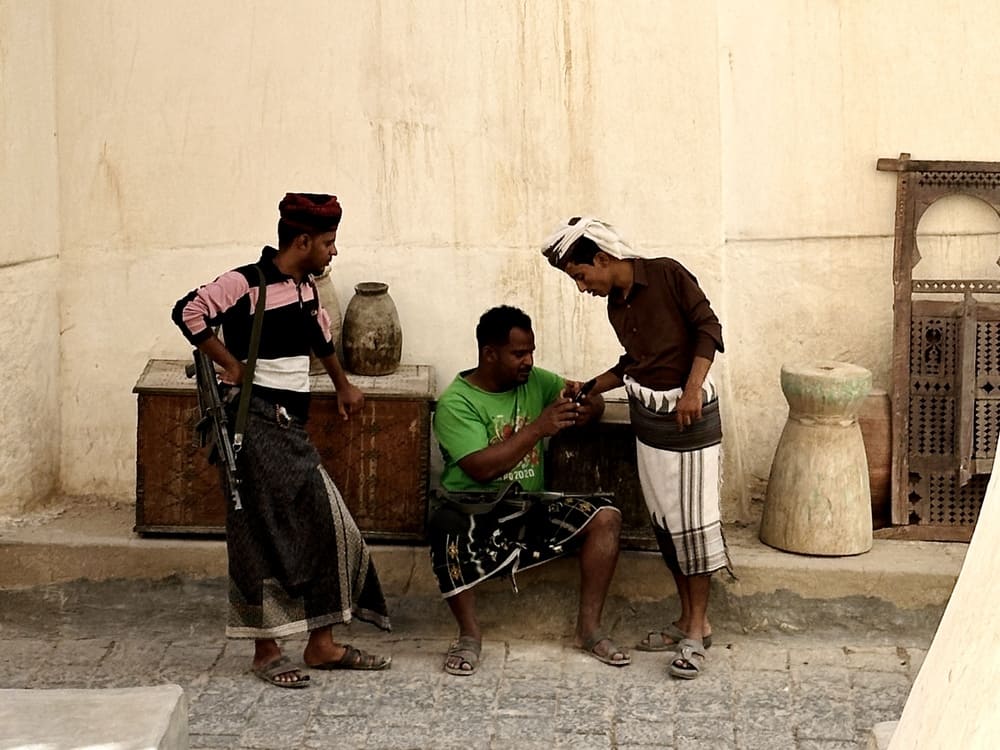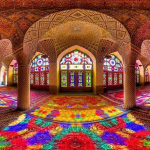Located in Yemen’s Hadramaut region, the 500-year-old city of Shibam stands as an impressive testament to the ancient ingenuity of the Yemeni people. Known for its towering mud-brick buildings, Shibam is often hailed as the first “skyscraper city” in history and is one of the highlights of our mainland Yemen tours.
Table of Contents
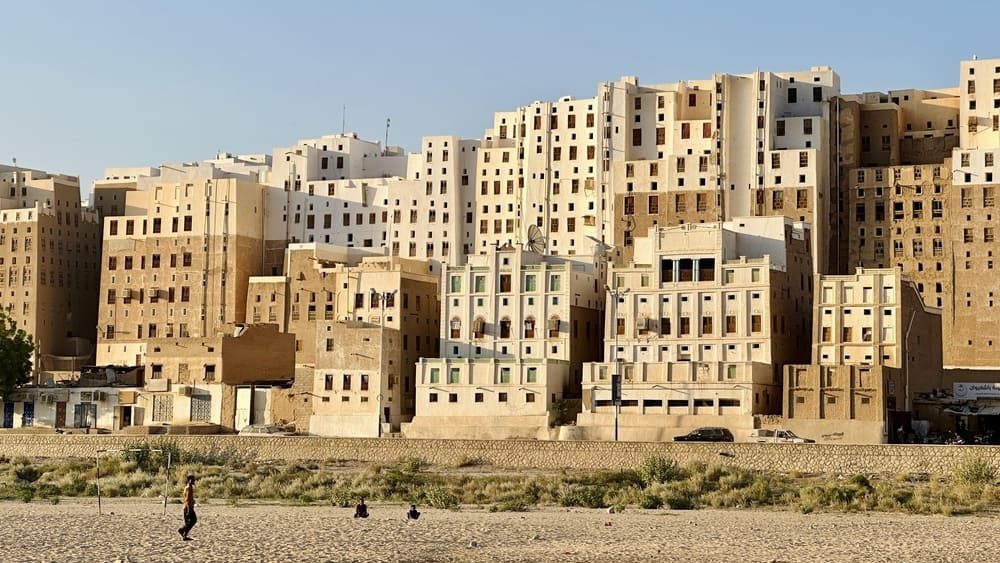
What is Shibam?
Shibam is not just an architectural marvel but a living piece of history. The city’s roots stretch back over 2500 years to the 3rd century AD when it rose to prominence as the capital of the Hadhramawt region after the fall of Shabwa. Despite the passage of centuries, Shibam remains a living community, preserving many of its ancient traditions and its iconic skyline. Over the years, Shibam has withstood floods, natural disasters, and even conflict, but has endured and is now one of the country’s most famous attractions, and a UNESCO World Heritage Site.
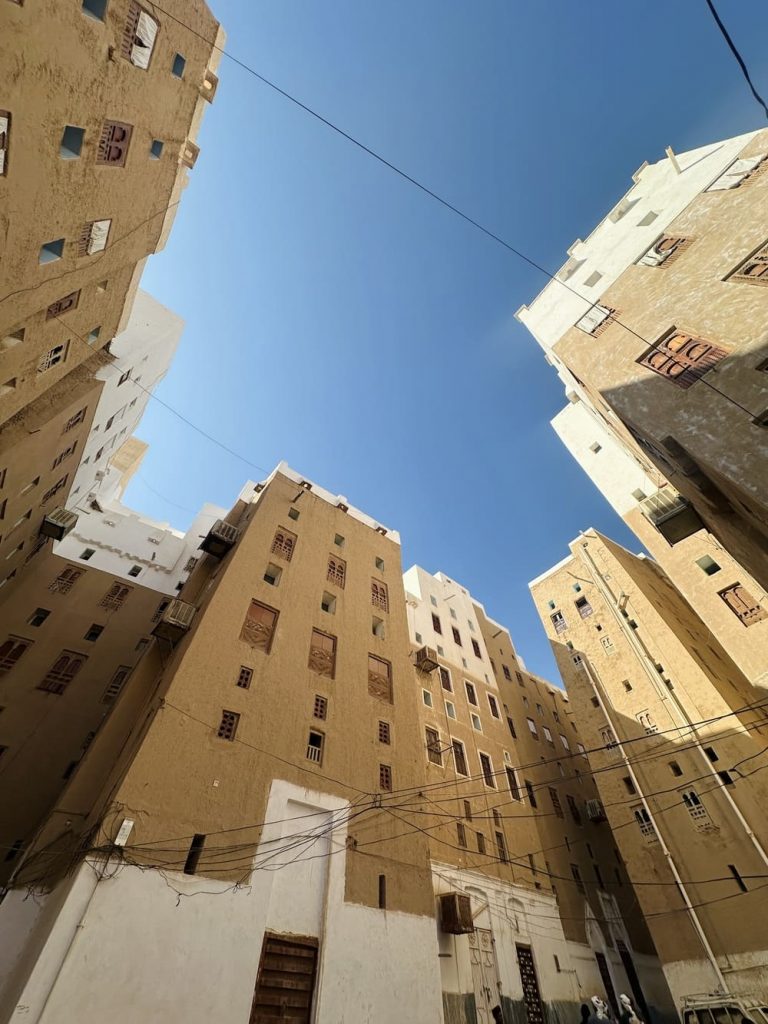
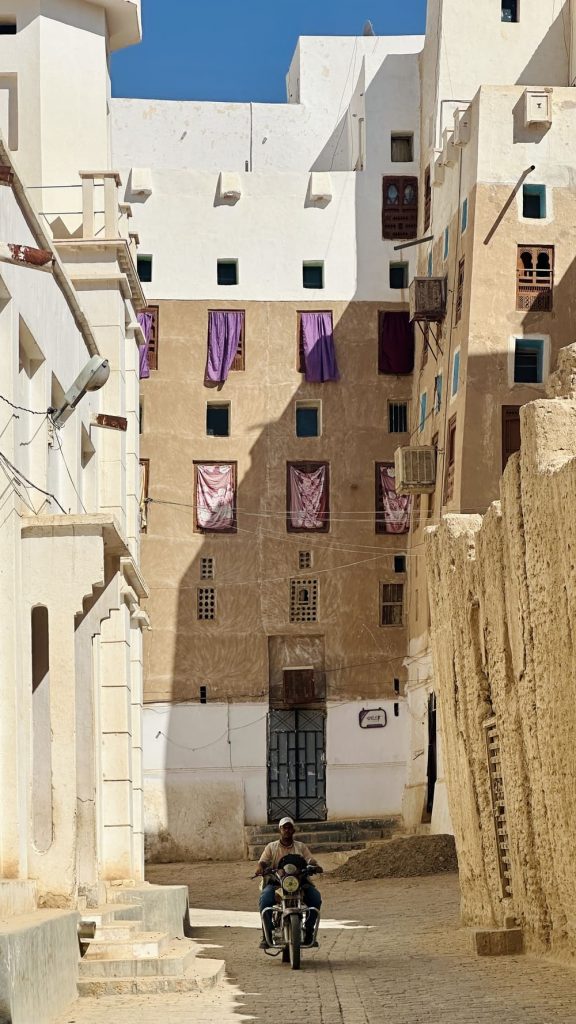
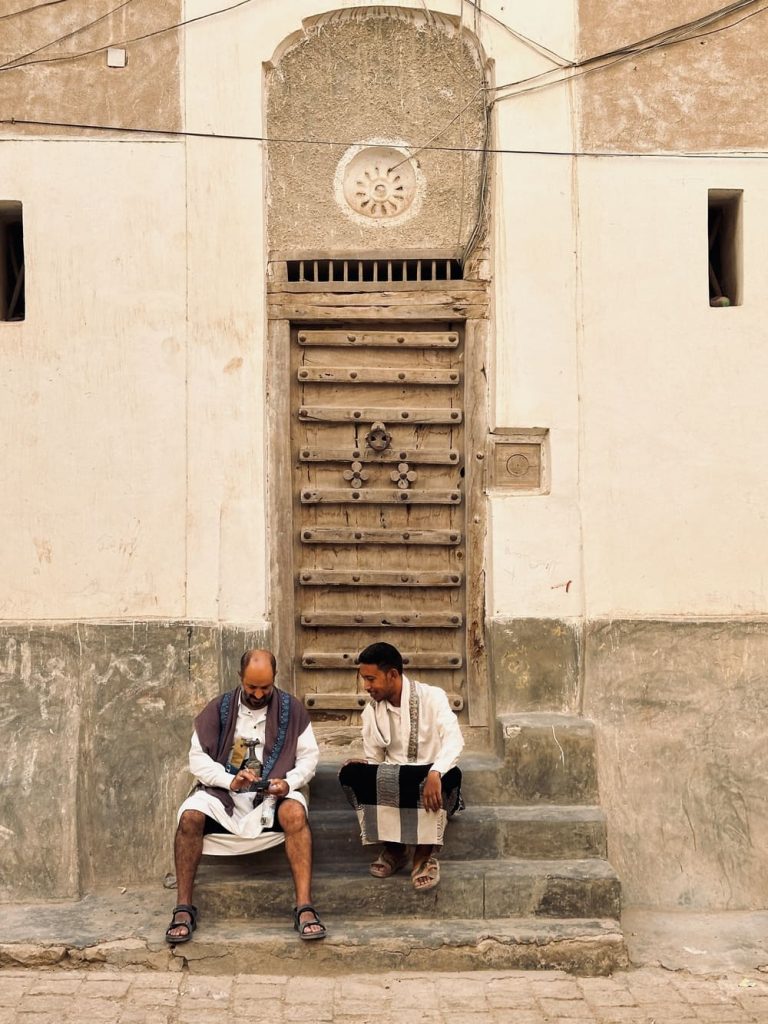
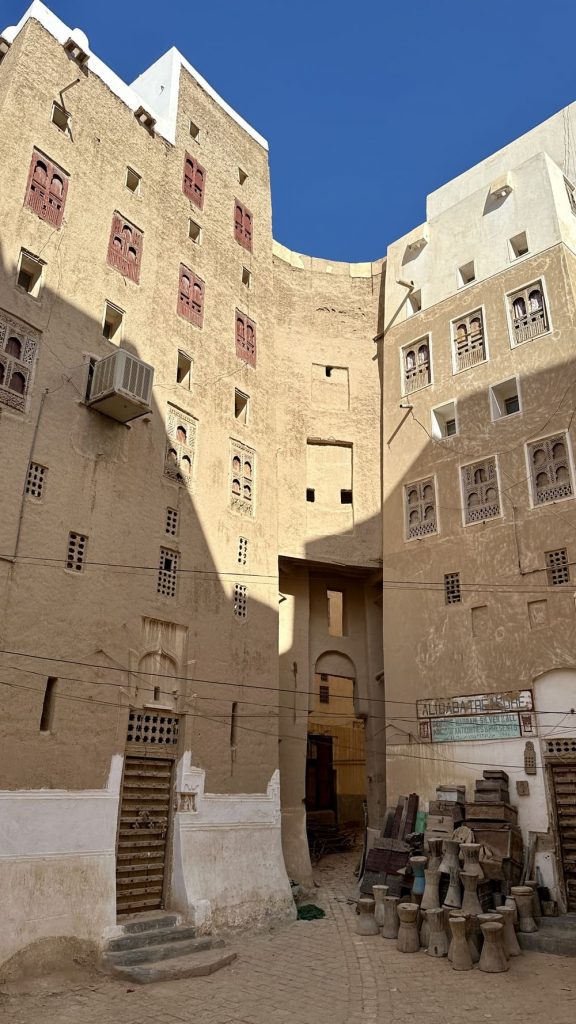
The Story of Shibam
Shibam’s history is marked by transformation. After the destruction of Shabwa, at the end of the 3rd century AD, Shibam became the capital of the Hadhramawt region. Throughout its history, the city has experienced several devastating floods, including the infamous deluge of 1298. The most significant change occurred after the 1532 flood when a network of dams and canals was constructed to protect the city. These structures helped control the flow of water and protect Shibam’s fragile mud-brick buildings from the harsh desert storms.
Shibam is often referred to by its inhabitants as the city of “three fives”: the current town is about 500 years old, it is home to approximately 500 buildings, and the population hovers around 5000 people. Remarkably, Shibam has changed little in the last half-millennium, retaining much of its medieval charm.
In 1982, Shibam was designated as a UNESCO World Heritage Site, recognizing its outstanding cultural and architectural significance. However, the city was later placed on the list of World Heritage in Peril during the Yemeni civil war when it suffered damage.
Why is it Called the “Manhattan of the Desert”?
The nickname “Manhattan of the Desert” was coined by British explorer Freya Stark in the early 1930s. Shibam’s skyscraper-like buildings, made entirely from mud brick, were unlike anything seen in the surrounding desert. The city’s tightly packed, multi-story structures – some reaching as high as eight stories – were designed to make the best use of limited space and resources. These buildings served not only as homes but also as symbols of wealth and status.
What makes Shibam so special is not just the height of the buildings, but the way they are built. The mud-brick construction, known as adobe, is both a practical response to the arid climate and a testament to the community’s knowledge of sustainable building techniques. The compactness of the buildings and their upward growth maximized the use of limited space, creating a dense, vertical city that remains a marvel of ancient urban planning.
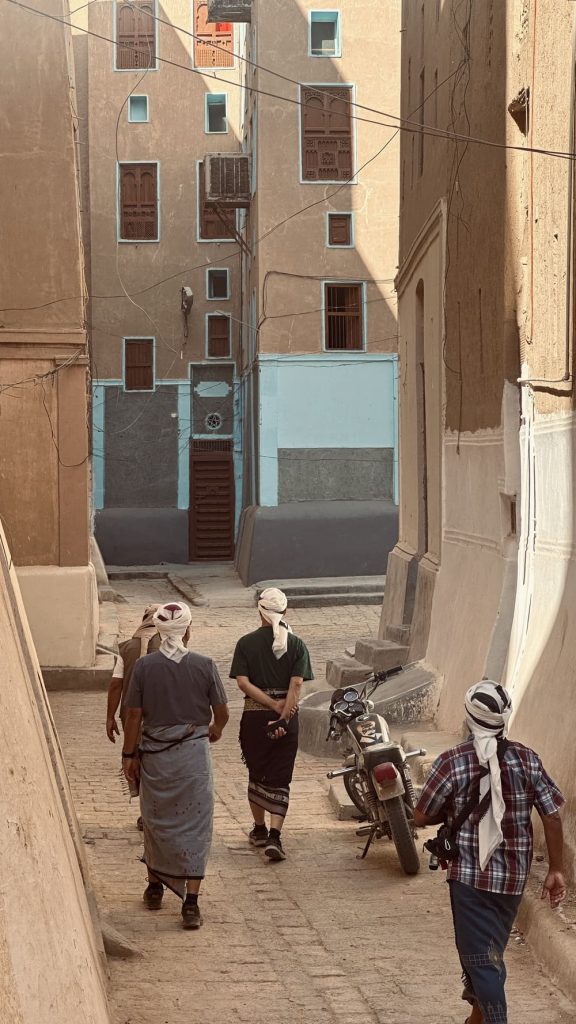
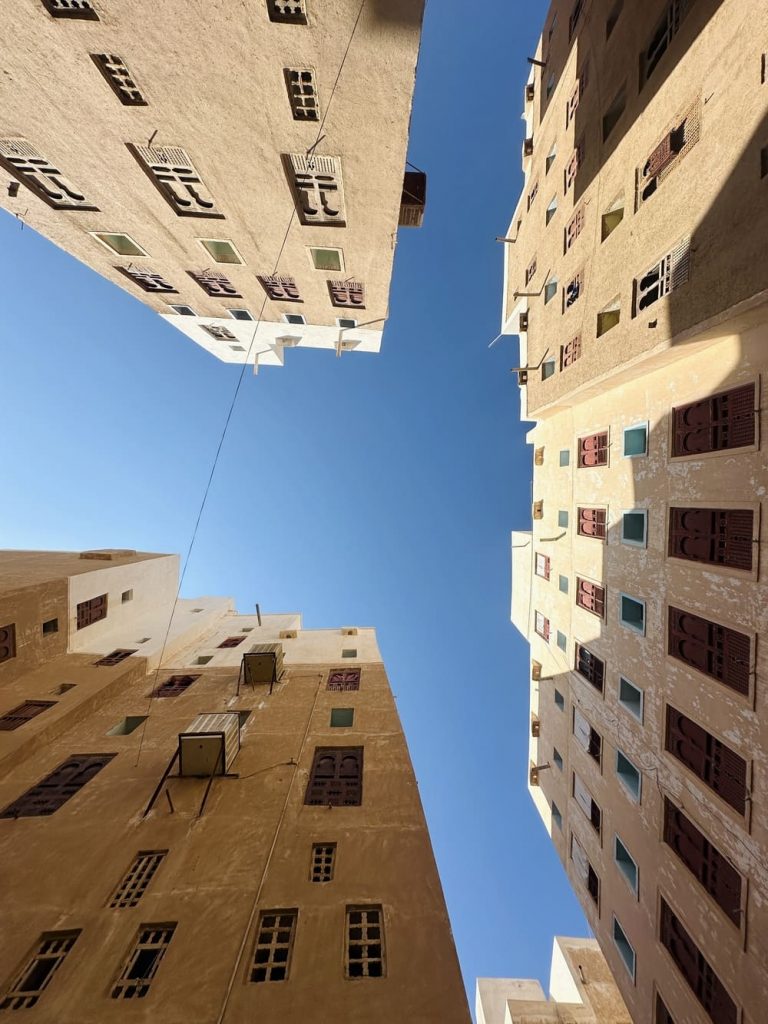
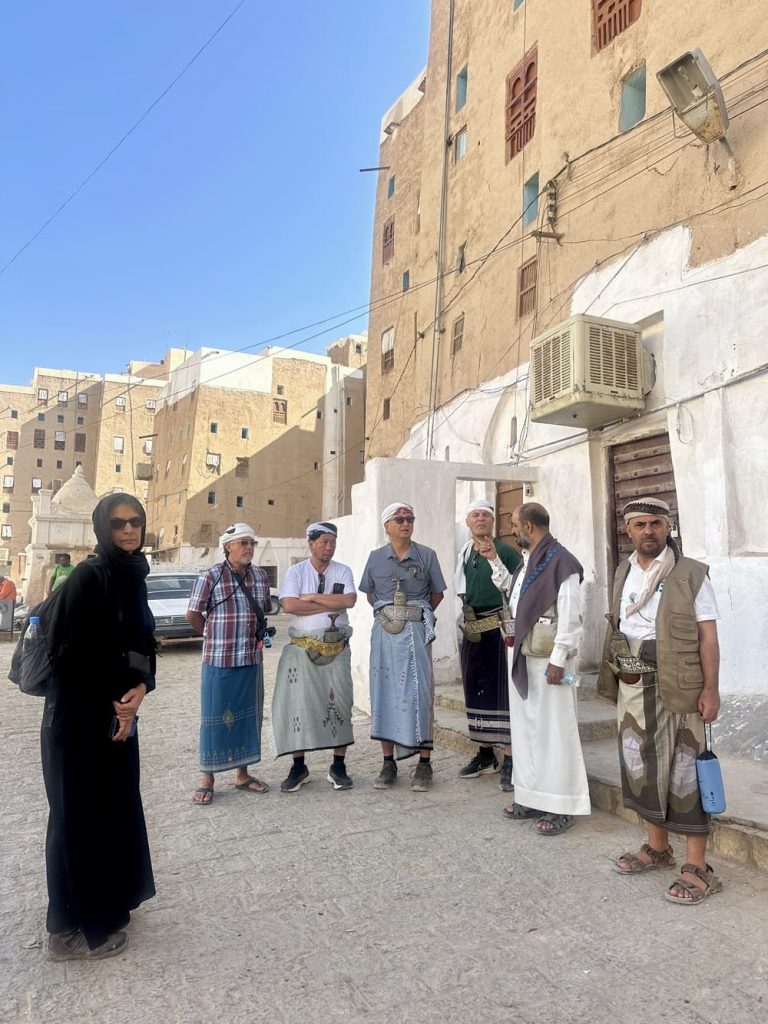
How Can You Visit Shibam?
Travelers who join one of YPT’s Mainland Yemen tours will have the opportunity to visit Shibam twice, experiencing it from different perspectives.
On your first visit, you’ll arrive at sunset after a day exploring the nearby Wadi Doan valley. Watching the city’s buildings glow as the sun sets behind the mountains is a magical experience that allows for reflection and wonder. This breathtaking view is the perfect introduction to the city’s beauty and architectural splendor.
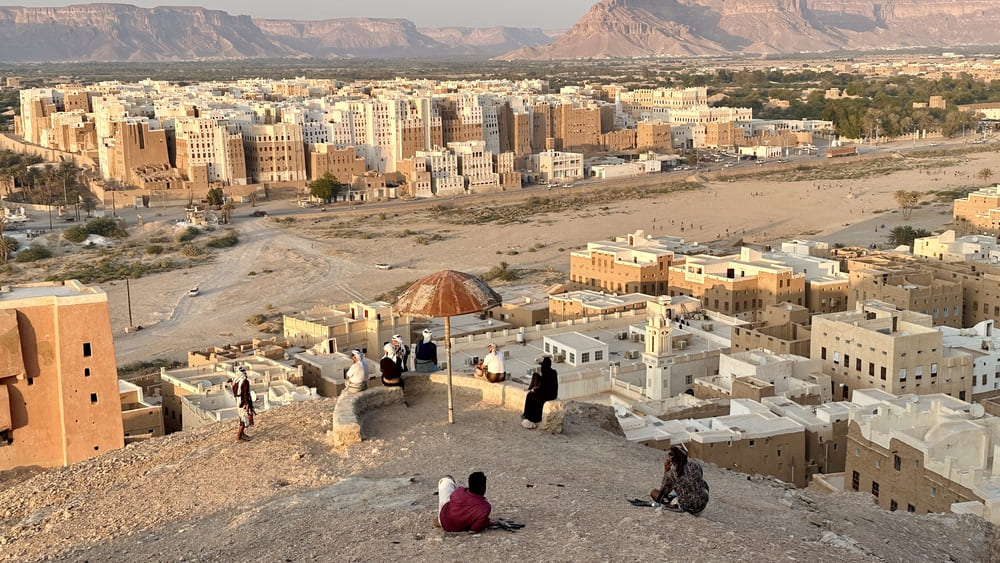
The next morning, you’ll return for a deeper exploration of Shibam. Accompanied by a knowledgeable guide, you’ll wander through the narrow alleyways and hidden corners of the city, learning about the daily life of Shibam’s inhabitants. One of the most fascinating aspects of the city is its intricate wooden doors, many of which are carved with elaborate designs.
As you walk through the city, you may also notice the ingenious methods used by residents to transport goods between buildings. Long ropes are often used to hoist items up to higher floors, a practice that dates back centuries. Another fascinating detail is the system of doorbells: each bell makes a unique sound, so the residents can tell if the knock is meant for them or for one of their neighbors.
For those interested in the preservation of Shibam’s unique architecture, it’s possible to see UNESCO restoration teams at work. These efforts, which include repairing mud-brick structures and restoring the traditional building techniques, offer a glimpse into the painstaking work required to maintain the city’s historical integrity.
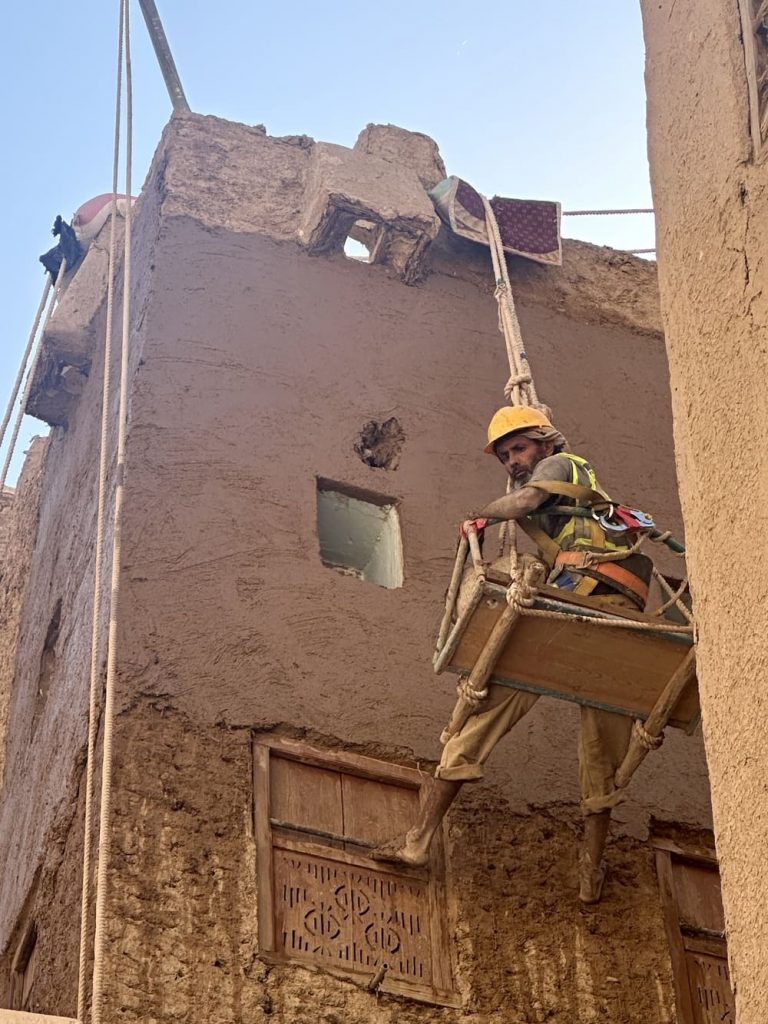
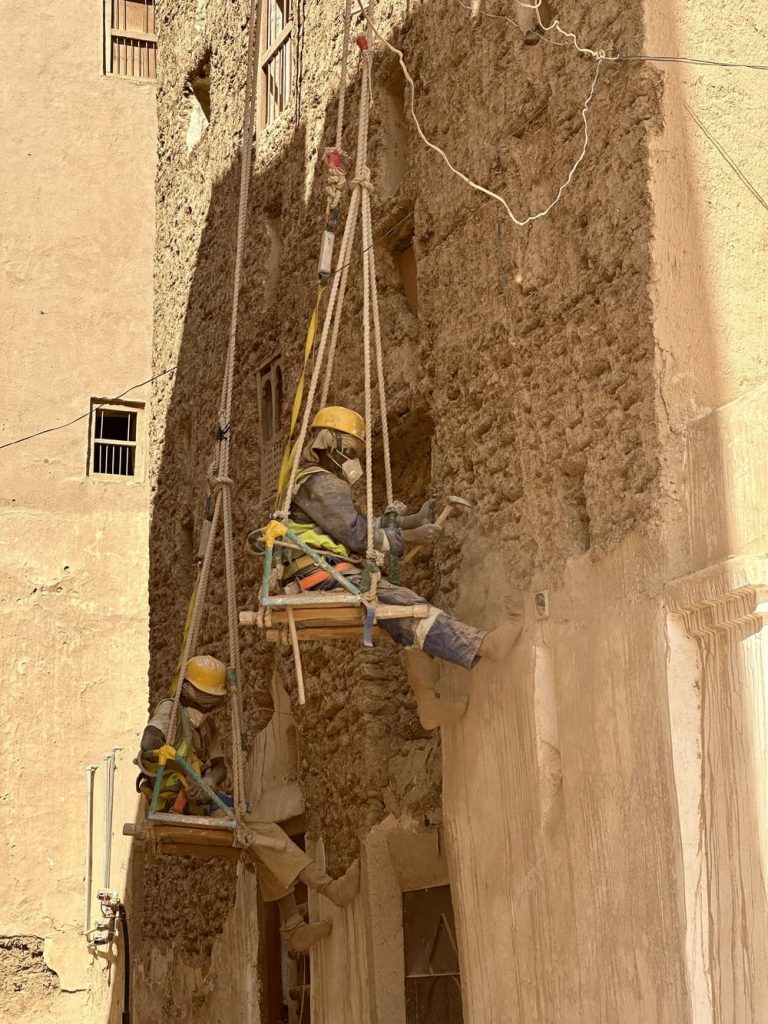
Shibam offers a rare chance to step back in time and experience a city that has remained remarkably unchanged for centuries. And you’ll probably be the only tourists there: despite its important, it’s been deserted by visitors. On our last visit there, in October 2024, the city’s head of tourism told us that the number of visitor, 600 in 2023, had drastically fallen in 2024 due to the tensions in the Middle East.
